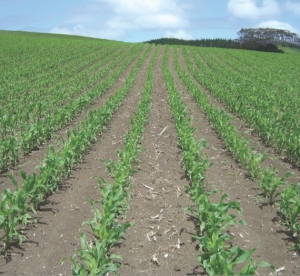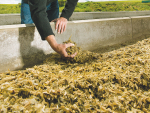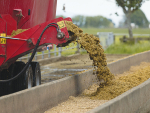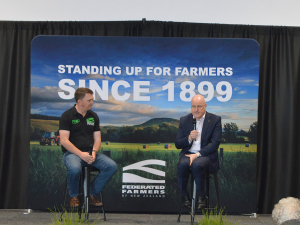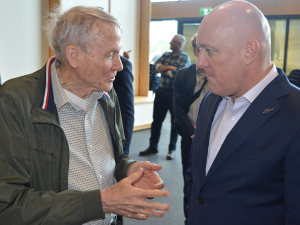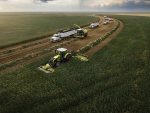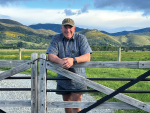A MILD and relatively dry winter, above-average pasture growth rates and little pugging has resulted in high average pasture cover levels on many farms. The challenge over the next few months is keeping control of pasture quality.
Pasture quality is determined by what proportion of the sward is made up of young leaves (always high in quality) compared to older stalky plants, seed head and dead material (lower in quality).
Grazing pressure is critical since pasture not eaten in the current grazing round decreases the quality of feed offered in the next grazing round. This is particularly the case in the late spring as ryegrass enters its reproductive phase.
The key to good pasture quality is grazing to 7 - 8 clicks or 1500 - 1600 kgDM/ha by offering the right pre-grazing cover. If you have already lost control of pastures and have high grazing residuals there are three options to consider: closing paddocks for silage, topping or spraying out poorer performing paddocks and planting a crop.
Making silage
To maximise pasture silage quality, harvest no later than 35 - 40 days after the last grazing or when a maximum of 10% of the ryegrass seed heads have emerged. Follow best-practice silage making guidelines including wilting to 30 - 35% drymatter and using a proven silage inoculant (e.g. Pioneer® brand 1127). Compact the silage well to remove any air, seal the edges with sand or lime, cover with a high quality cover and place tyres on top so they touch each other.
Topping
Topping is another tool for managing pasture quality. A trial at the DairyNZ No2 Dairy in 1997 - 19981 showed mowing pasture – either before or after grazing – reduced pasture production by 20%, and reduced milksolids production by 11% during October but increased milksolids production by 12% during summer. Topping after the cows had grazed the paddock gave a higher spring milksolids production than topping before grazing.
Planting a crop to transfer feed
Removing an area from the grazing round and planting a crop increases grazing pressure on the rest of the farm. The crop transfers feed from the spring to other times of the year when it is needed. Crops such as maize and forage sorghum which can be ensiled and fed when required offer more flexibility than crops which must be grazed when they are mature (e.g. brassicas). This is regardless of whether or not you need the feed.
Spraying out a paddock and establishing a short maturity maize hybrid in early October will ensure maize silage is available to feed to the herd to extend lactation in the autumn. It’s a simple system since ground conditions are normally dry and maize can be fed in the paddock with minimal wastage. It’s also very economic and a great way to ensure you make the most of the high, forecast milksolids payout.
Planting maize in paddocks which would benefit from pasture renewal increases the chance of successfully establishing new higher yielding and improved quality pasture.
1Kolver et al. 1999. Mowing pastures to improve milk production. Proceedings of the New Zealand Grassland Association 61:139-145
• Ian Willams is a Pioneer forage specialist. Contact him at This email address is being protected from spambots. You need JavaScript enabled to view it.

